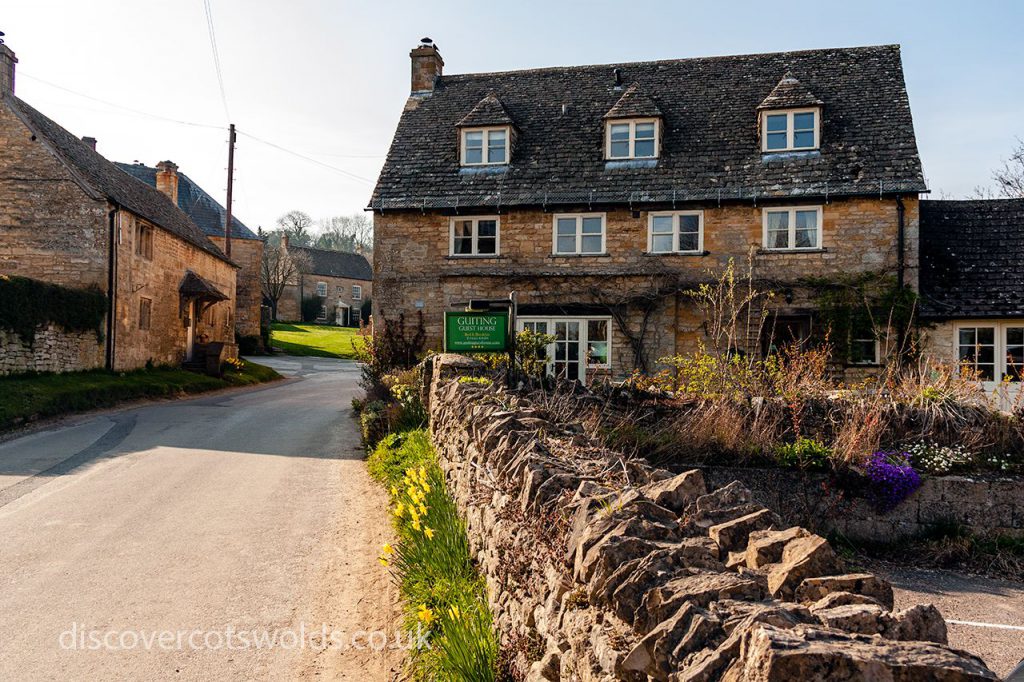Guiting Power is a small Gloucestershire village (population of around 300), with a tricky to pronounce name.
The village is in the upper reaches of the Windrush Valley, built on the site of an Anglo Saxon settlement called Gyting Broc, dating back to around the 8th century. The historical significance of the village is evident, as the foundations of an Anglo-Saxon church and a nearby barrow testify to its long history of settlement.
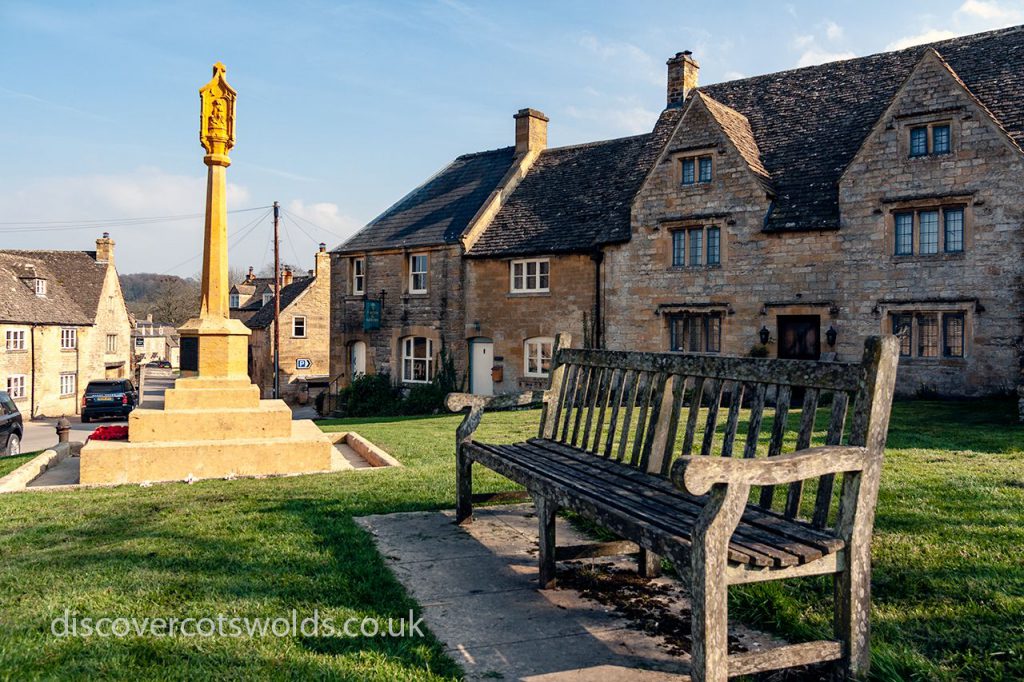
Over 50% of the houses in the village are owned and rented out by the Guiting Manor Amenity Trust. Most of the houses and other buildings are built from the traditional honey coloured Cotswold stone that is traditionally associated with the area.
What’s in a name?
Guiting (pronounced gitting) comes from the Saxon word getinge, which meant rushing and also features in the name of the nearby village of Temple Guiting. It’s possibly a reference to the river Windrush that flows through the valley below the village, highlighting the village’s heritage and long history.
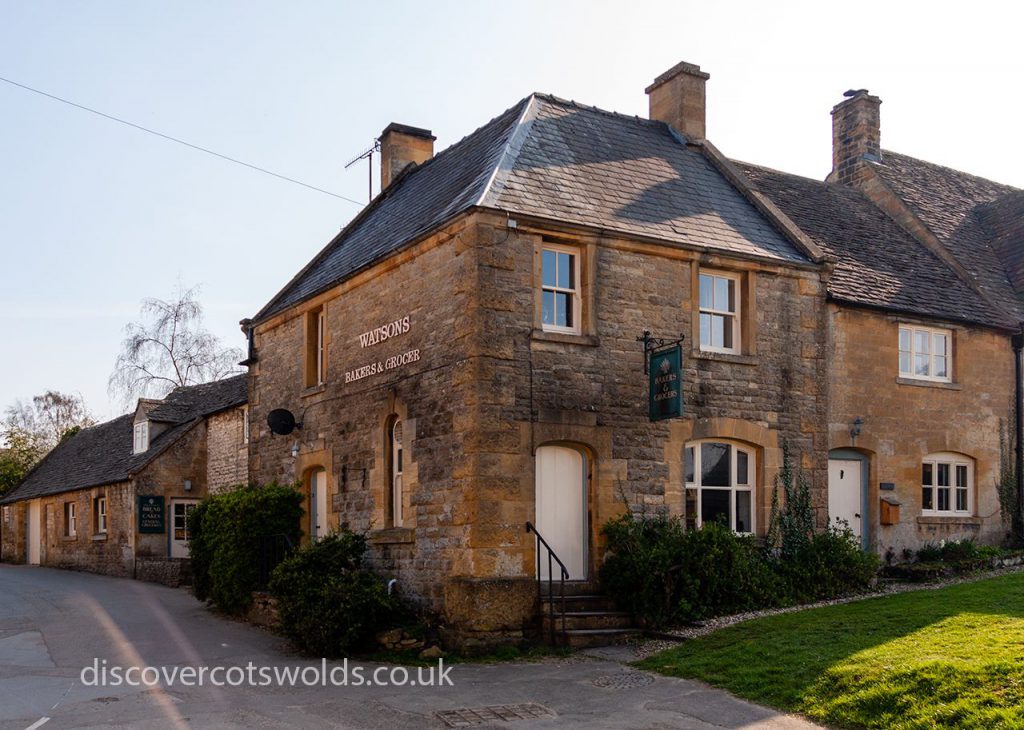
The Power bit comes from the lePohers, who were the lords of the manor that the village is based on, dating back to the time of Edward the Confessor.
Getting here
The village is located approximately half way between the villages of Stow on the Wold and Winchcombe. It’s also close to the very popular Gloucestershire villages of Lower and Upper Slaughter, Bourton on the Water and the nearby towns of Stow on the Wold and Moreton in Marsh.
History and Heritage
Guiting Power’s history goes back to Anglo-Saxon times when the village was built on the site of an old settlement called Gyting Broc. The name “Guiting” comes from the Saxon word “getinge” meaning “rushing” probably referring to the nearby River Windrush. The village’s location in the North Cotswold country made it a popular spot for settlers and the nearby barrow is evidence of the village’s long history of occupation.
The village’s medieval history is still visible in its buildings, many of which are built from traditional honey coloured Cotswold stone. The 12th century St. Michael’s Church with its beautiful Norman south door is a treasure of the village’s heritage. The Anglo-Saxon foundations of the church and the nearby medieval ruins of the original village settlement are a reminder of Guiting Power’s past.
Back from the brink: The Village’s Long History
By the middle of the 20th Century many of the houses in the village had fallen into disrepair.
It was only thanks to the renovation work of Moyra Davidson and subsequently the Guiting Manor charitable trust that the village was able to recover and thrive, as it does to this day.
In the 20th century the village was restored by Moyra Davidson and the Guiting Manor charitable trust. This self-help housing trust was set up in 1934 and restored many of the village’s cottages, shops and inns and preserved the village’s character and charm.
Today you can get a glimpse into the village’s history and heritage at the Cotswold Farm Park, just a short walk away. The farm park owned by Adam Henson is a glimpse into the area’s agricultural past and has many interesting and rare breeds of animals. The nearby Temple Guiting Pantry shop and cafe, a true Cotswold hidden gem is another must visit and has a taste of the local produce and hospitality.
The village’s history and heritage is also celebrated through its annual events and traditions which take place throughout the year. The village hall in the centre of the village hosts various community events and activities and the Old Post Office shop and cafe is the hub for local news and information.
Guiting Power’s mix of history, heritage and countryside makes it a must visit destination for visitors from around the world. Whether you explore the medieval ruins, visit the Cotswold Farm Park or just sit and take in the view, Guiting Power is a true gem of the North Cotswold country.
Village amenities
Fortunately for the weary traveller, despite its small size, the village has two pubs, the Farmers Arms and the Hollow Bottom.
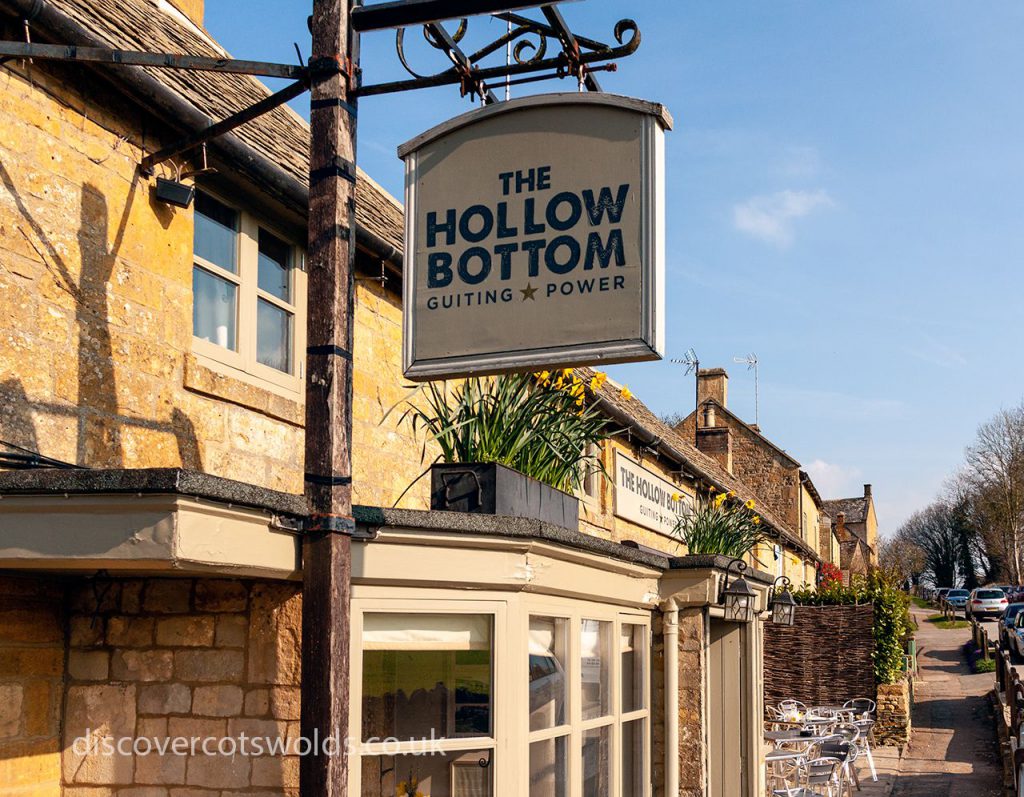
The Hollow Bottom is at the north western end of the village and recently became part of the Lucky Onion group of establishments.
We haven’t had the opportunity to visit since the takeover but they describe themselves as ‘Gloucestershire’s Premier Racing Pub’ on their website.
Guiting Power is of course, quite close to Cheltenham, home of the famous horse racing festival.
The Farmers Arms is a traditional pub at the other end of the village, serving food and ales and a favourite with locals and visitors alike.
So wherever you are in the village, it’s not far to go if you need a drink.
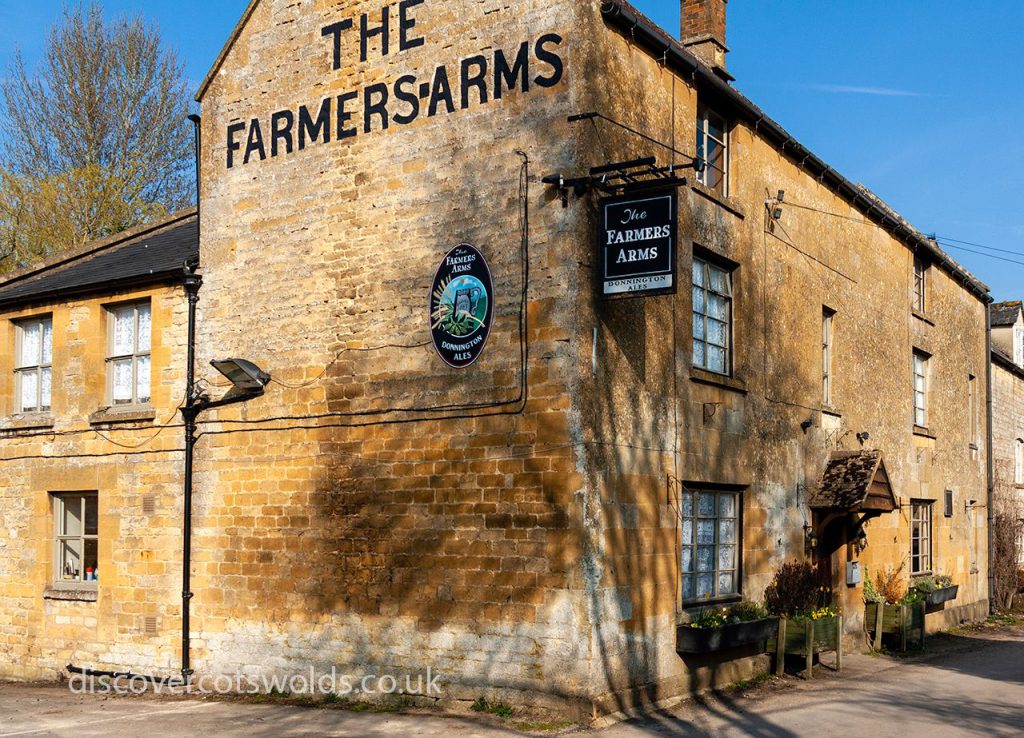
Two pubs, two churches
In addition to its two pubs, the village also has two churches, including the traditional Church St Michael & All Angels, which holds significant cultural and historical value in the community.
Located just at the southern entrance to the village is the Anglo-Saxon church of St Michael’s and All Angels, parts of which date back to Norman times. It’s now a Grade II listed building.
Towards the other end of the village is Guiting Power Baptist Church.
The village also has its own post office, village hall, guest house and a couple of shops.
Whilst it might seem surprising to have so many facilities in and around such a small village, it was a larger village, perhaps up until the start of the 20th century. Sadly a decline in the farming industry brought with it a decline of the village.
Other things to do
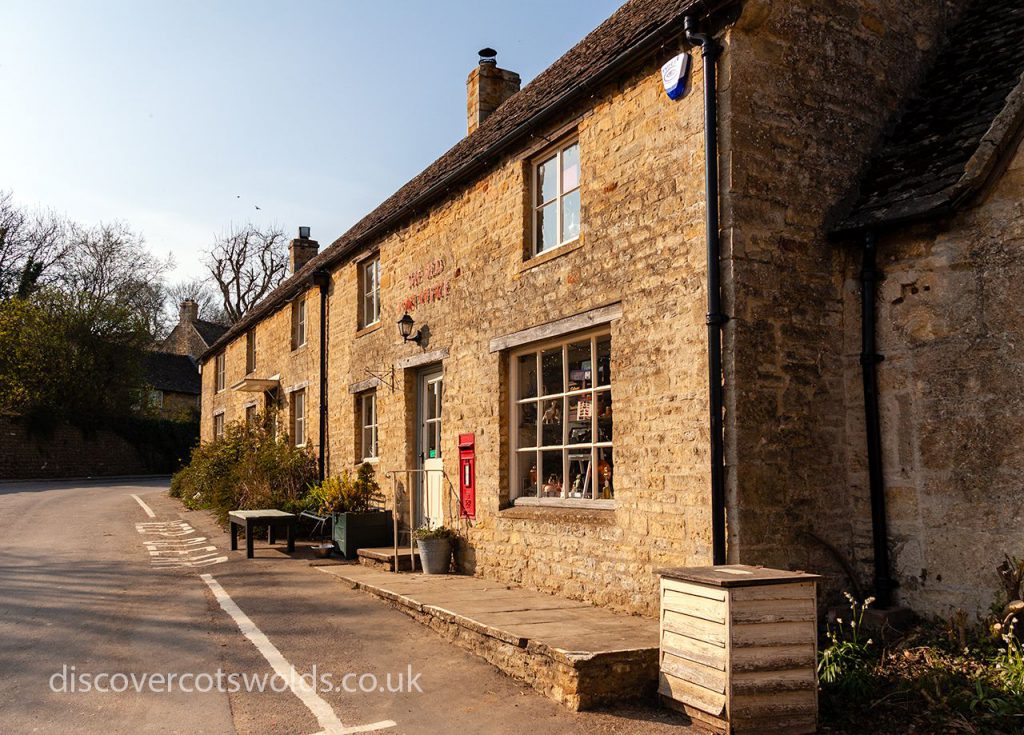
As with many Cotswolds villages there are numerous walking routes and footpaths that pass nearby, for example the 14 mile Warden’s Way that links the Oxford Way at Bourton on the Water with the Cotswold Way in Winchcombe.
Cotswold Farm Park
Adam Henson (of BBC Countryfile fame)’s Cotswold Farm Park is less than 3 miles away from Guiting Power. A working farm that also opens as a visitor attraction and has guest accommodation on site.
Or if golf is more your thing, Naunton Downs Golf club is even closer still, at just under 2 miles away.
